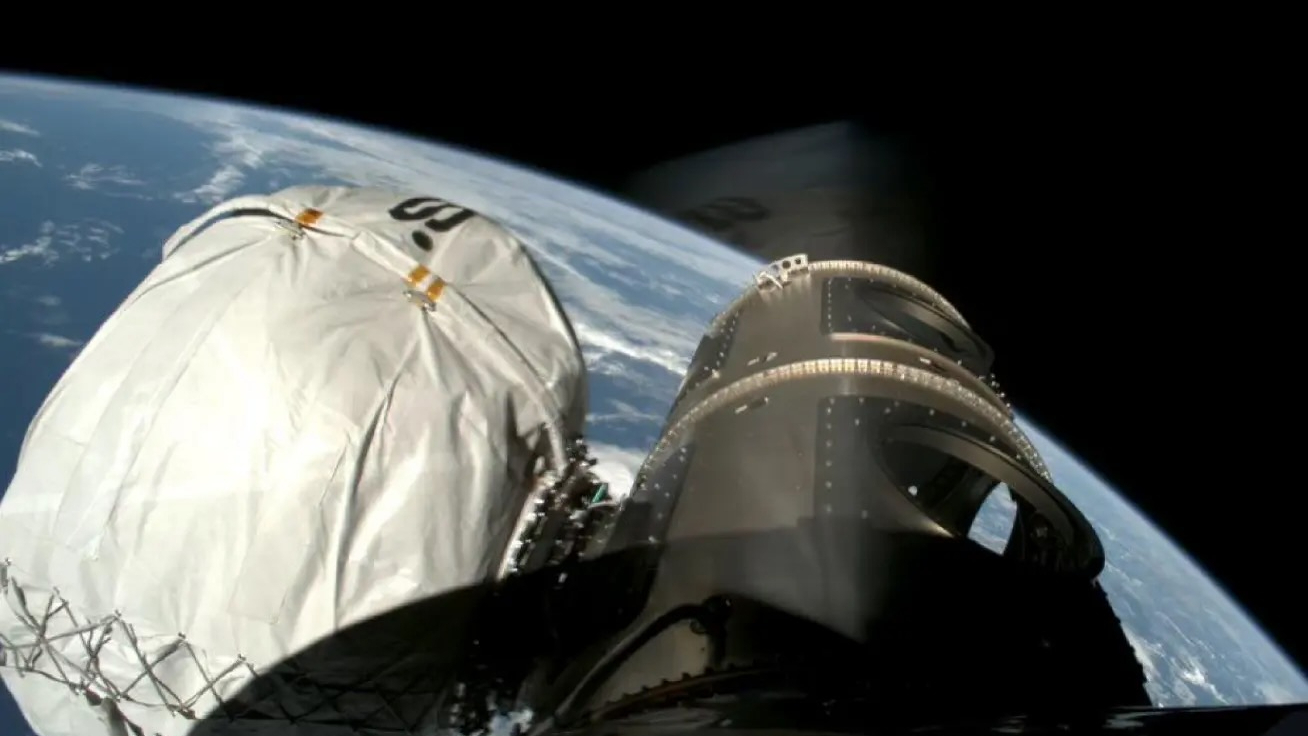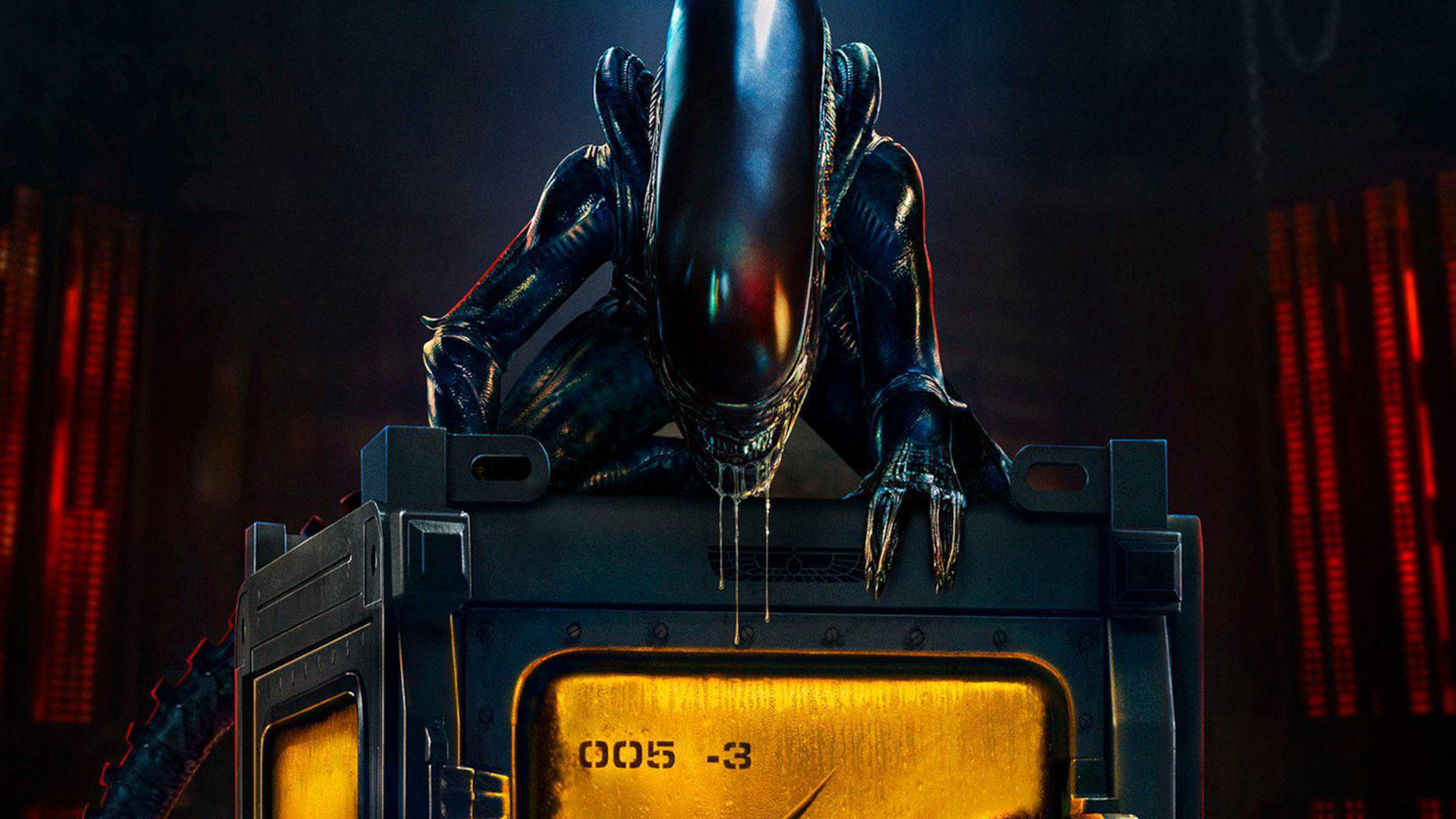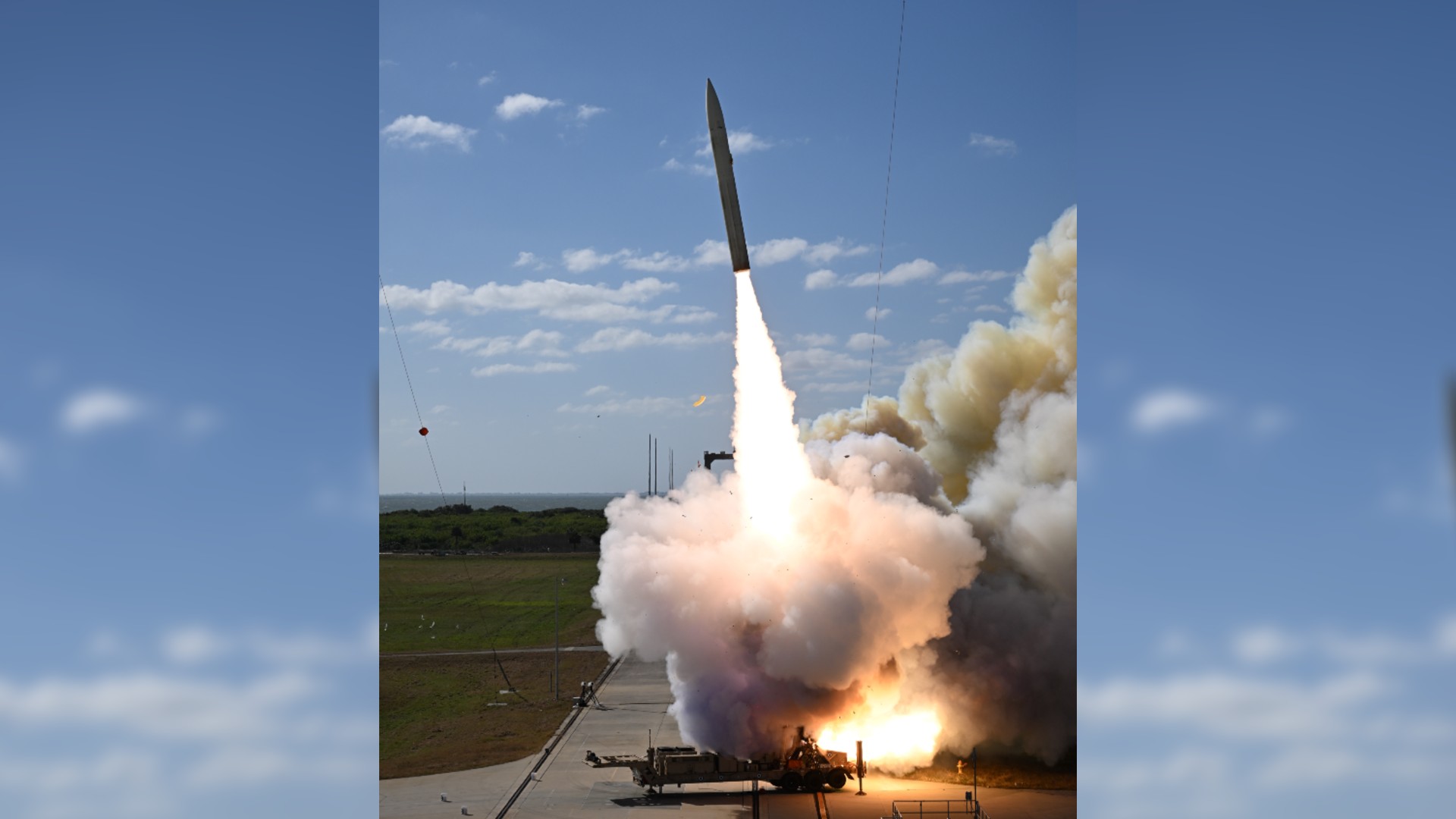Perseid Meteor Shower Poses Minimal Risk to Spacewalking Astronauts
The Perseid meteor shower peaks tonight, promisingdazzling fireball displays to lucky skywatchers, but the cosmic rain of spacerocks hasn?t endangered space station astronauts during their spacewalk repairsthis week, a NASA scientist says. In fact, the meteor shower may give theastronauts a show too.
Astronomer Bill Cooke, a meteor expert with NASA'sMeteoroid Environments Office, said the Perseidmeteor shower adds a small amount of risk to astronauts onspacewalks (about 15 percent), but the chances of being hit by a tiny meteoroidfrom the shower are slim.
"The risk is still below the risk posed by orbitaldebris and other factors," Cooke told SPACE.com from the Marshall SpaceFlight Center in Huntsville, Ala.
Currently, there is a 1-in-300 chance of a piece oforbital debris damaging the space station or hitting a spacewalking astronaut.Compared to that, the slight risk increase from the Perseids is negligible.
A meteoroid about 1 millimeter in size is large enough todamage an astronaut's spacesuit during a spacewalk, Cooke said. But NASAspacewalk planners take the micrometeorite environment into account whenscheduling excursions, he added.
There are six astronauts living aboard the InternationalSpace Station; three Americans and three Russians.
The crew is in the middle of a challenging set of fourspacewalks to repairthe space station's cooling system. One of two vital ammoniacoolant pumps failed July 31 and station astronauts are tackling the tricky jobof replacing the oven-sized part with a spare. They performed spacewalks onSaturday and Wednesday, with the next one set for Monday.
Get the Space.com Newsletter
Breaking space news, the latest updates on rocket launches, skywatching events and more!
If the space station astronauts are lucky, they may beable to see meteors from above as they soar 220 miles (354 km) above theEarth's night side. In the past, astronauts have been able to record video ofmeteors from space during shuttle missions.
"You can definitely see meteors, and it's kind ofcool," Cooke said.
Thissky map shows where to look to see the meteor shower. Skywatcherson Earth can use SPACE.com's planetalignment map to find and identify planets that areappearing together at the same time as the meteor shower.
During the Perseid meteor shower, the Earth is pelted byremains of the Comet Swift-Tuttle as the planet passes close to the comet'sorbit. Material left behind by the comet rams into the Earth's atmosphereduring the pass at about 37 miles per second (60 km/second), creating an annualshow of "shootingstars" every mid-August.
One of the reasons the Perseids don't post a major riskto astronauts on the space station is because, astronomically speaking,astronauts are rather small, Cooke said.
"When you look up in the sky, you see about 10,000square-kilometers," Cooke said. "An astronaut's surface area is about1 square-meter, he's not a very big target."
The space station, too, is small compared to the entirenight sky, Cooke added. Still, the $100 billion International Space Station isthe largest spacecraft every built in space and has a main truss as long as afootball field. It can easily outshine Venus on clear nights and be seen by theunaided eye.
Cooke plans to stay up all night tonight to observe thepeak of the Perseid meteor shower. The Marshall Space Flight Center is planningto stream live views and from its all-sky cameras in Alabama and Georgia viathe Internet, he added.
"It's NASA's first up-all-night," he said.
- Perseid Meteor Shower Unleashes Bright Fireball
- Top 10 Perseid Meteor Shower Facts
- Galleries: Perseid Meteor Photos in 2005 and 2006
NASA's live Perseids meteorshower show begins Thursday night at 11 p.m. ET and runs through 5 a.m. ET Friday:http://www.nasa.gov/connect/chat/perseids_2010.html
Join our Space Forums to keep talking space on the latest missions, night sky and more! And if you have a news tip, correction or comment, let us know at: community@space.com.

Tariq is the Editor-in-Chief of Space.com and joined the team in 2001, first as an intern and staff writer, and later as an editor. He covers human spaceflight, exploration and space science, as well as skywatching and entertainment. He became Space.com's Managing Editor in 2009 and Editor-in-Chief in 2019. Before joining Space.com, Tariq was a staff reporter for The Los Angeles Times covering education and city beats in La Habra, Fullerton and Huntington Beach. In October 2022, Tariq received the Harry Kolcum Award for excellence in space reporting from the National Space Club Florida Committee. He is also an Eagle Scout (yes, he has the Space Exploration merit badge) and went to Space Camp four times as a kid and a fifth time as an adult. He has journalism degrees from the University of Southern California and New York University. You can find Tariq at Space.com and as the co-host to the This Week In Space podcast with space historian Rod Pyle on the TWiT network. To see his latest project, you can follow Tariq on Twitter @tariqjmalik.









